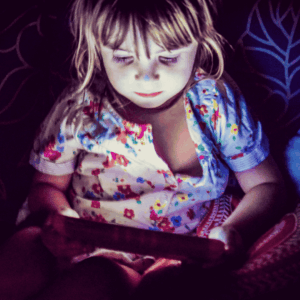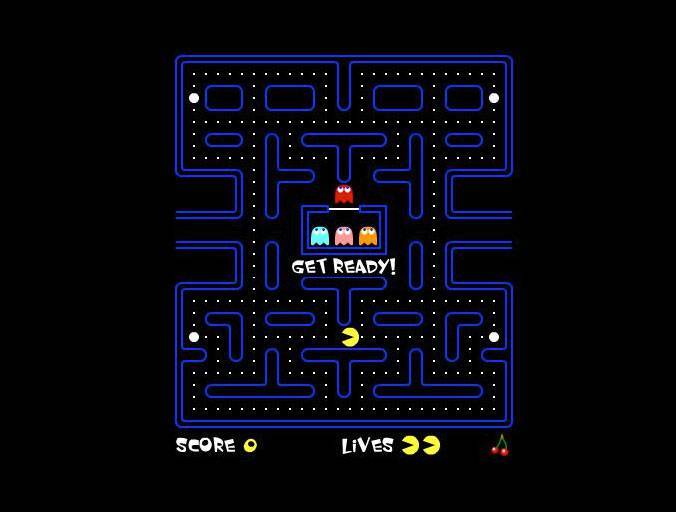
Kids and screens: 9 hours a day, but it’s not all bad news
Kids and screens: 9 hours a day, but it’s not all bad news
Kids and screens: 9 hours a day, but it’s not all bad news
The digital lives of children are evolving rapidly—and Kaspersky’s latest annual report sheds light on the trends shaping how young users spend their time online.
Speaking on HOT Business, powered by Standard Bank, Kim Grobbelaar – Consumer Channel Manager at Kaspersky, shared that children aged 8–10 are spending an average of six hours per day on digital devices, while those between 11–14 clock in at around nine hours daily. These numbers may mirror adult usage—but for younger users, screen time often blends school, entertainment, and socialising into one digital experience.
One of the standout developments? Artificial intelligence is now firmly part of the mix. Just a year ago, AI didn’t feature among the top platforms used by kids. Today, it accounts for 7.5% of all online searches in the 2024–2025 period. Popular platforms include ChatGPT, Gemini, and a newcomer called Character AI, which lets users create fantasy personas and chatbots—a big hit among younger audiences.
Another surprise is the rise of Spunky, a colourful rhythm-based browser game combining music, movement, and animation. It’s already among the top five most popular platforms for children, rubbing shoulders with long-time favourites like Roblox.
WhatsApp has also emerged as the most-used app—ahead of YouTube and TikTok—indicating how younger users are prioritising communication with friends and family.
Grobbelaar emphasised that while digital risks exist, many children are exploring the internet in fun and creative ways. With many South African children receiving their first smart devices as early as age 3, the conversation is shifting from restriction to guidance—ensuring safe, age-appropriate use of technology in a rapidly evolving space.

Listen to Kim’s full interview on HOT Business:
More Posts for Show: HOT Business with Jeremy Maggs








